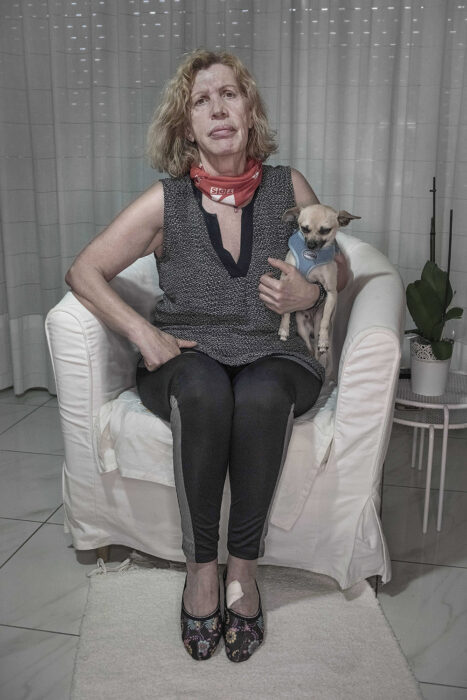
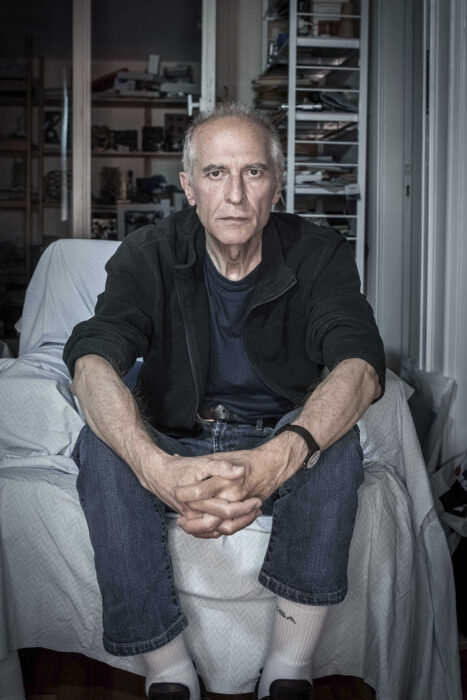

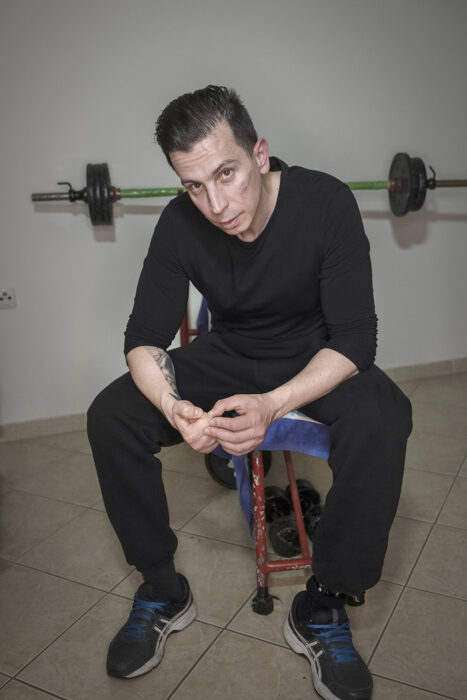

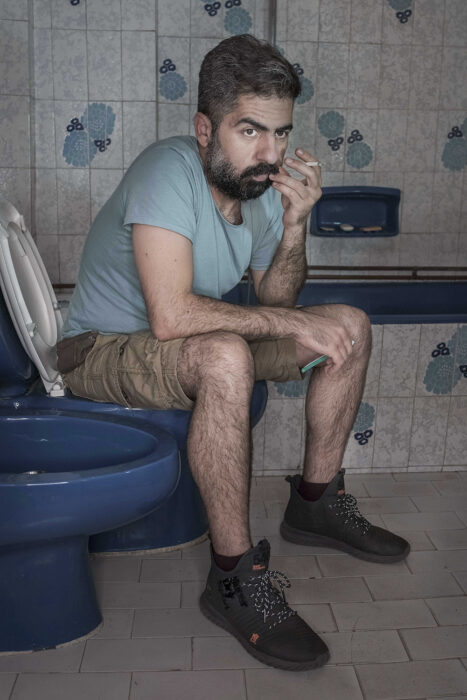
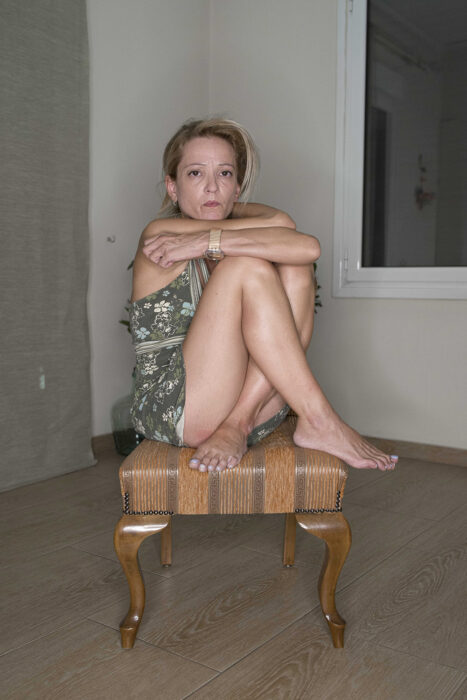
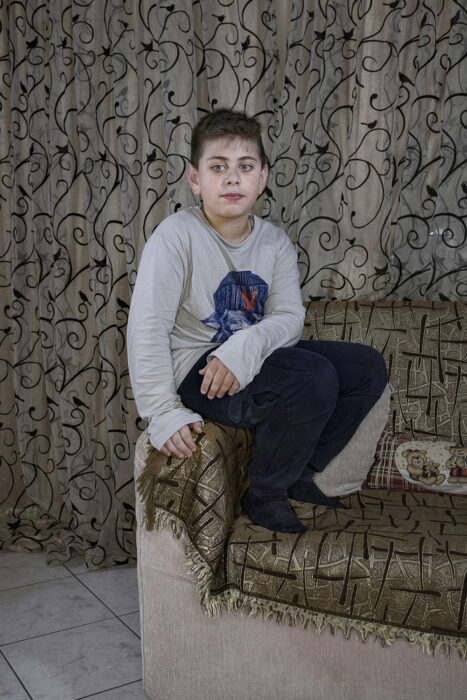



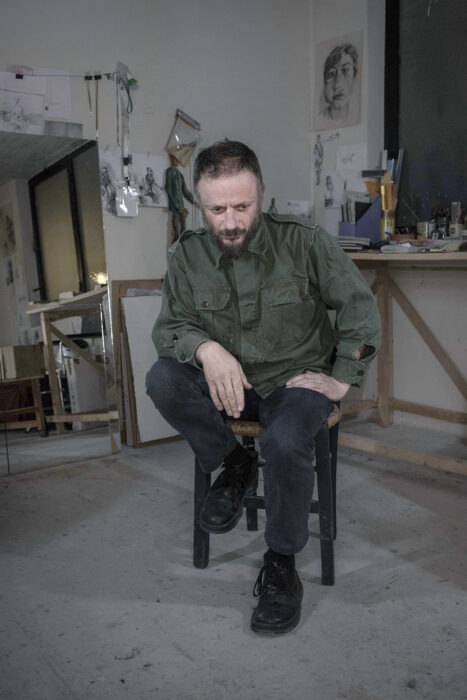

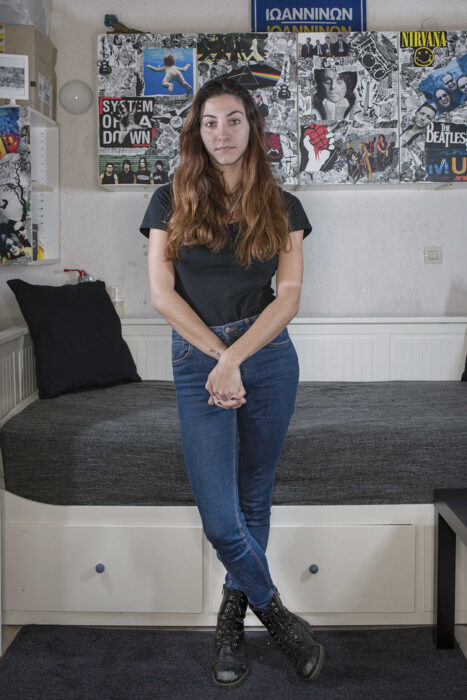


Faces of truth
Can a person’s expressions emerging during a narration of a personal/intimate and previously unspoken incident or thought, depict the expressional imprint of the pictured? Do these expressions bear something discrete or shared for each person, bearing in mind that the narration takes place in identical conditions?
In ‘Faces of truth’ my drive is to explore the elusive identities born during a process, what could be described as a simulated confession. Without anyone present, besides me and the person being photographed, people of different age, background and profession, as if in a performance they begin to recount something yet unspoken, while I take their photo. My presence is minimal. I do not speak, and the setting (space) is always picked by the person being photographed in order to ensure the most intimate environment.
The purpose is not to prove the authenticity of the expressions or the sincerity of the subject (person), nor to direct them as if it is a set photoshoot in which the photographer’s intent is imprinted on the subject. I begin the photographic act on the basis of this ‘minimal authenticity’ with the awareness that anyone’s narration may not be completely or at all truthful.
The pictures are made while the person narrates. Any detail that could loosen up the person and expand narrative possibilities is encouraged. I am hidden by a ring light diffuser in the center of which only the lens is visible. In this way the person is urged to defy my presence and not be distracted by it.
Faces of truth
Can a person’s expressions emerging during a narration of a personal/intimate and previously unspoken incident or thought, depict the expressional imprint of the pictured? Do these expressions bear something discrete or shared for each person, bearing in mind that the narration takes place in identical conditions?
In ‘Faces of truth’ my drive is to explore the elusive identities born during a process, what could be described as a simulated confession. Without anyone present, besides me and the person being photographed, people of different age, background and profession, as if in a performance they begin to recount something yet unspoken, while I take their photo. My presence is minimal. I do not speak, and the setting (space) is always picked by the person being photographed in order to ensure the most intimate environment.
The purpose is not to prove the authenticity of the expressions or the sincerity of the subject (person), nor to direct them as if it is a set photoshoot in which the photographer’s intent is imprinted on the subject. I begin the photographic act on the basis of this ‘minimal authenticity’ with the awareness that anyone’s narration may not be completely or at all truthful.
The pictures are made while the person narrates. Any detail that could loosen up the person and expand narrative possibilities is encouraged. I am hidden by a ring light diffuser in the center of which only the lens is visible. In this way the person is urged to defy my presence and not be distracted by it.